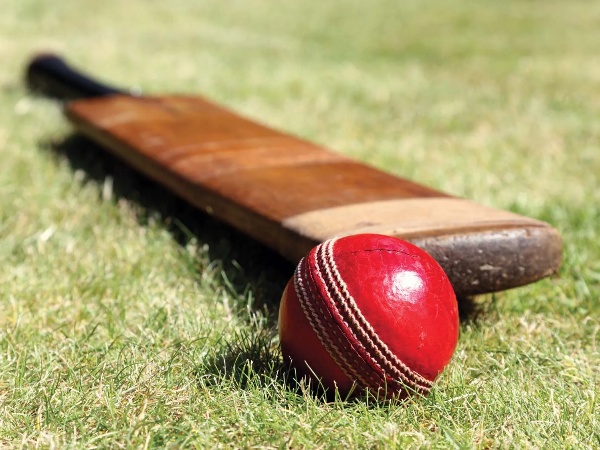views : 792
4 Min Read
ICC set to introduce new cricket rules from June 2025? Check details
The International Cricket Council (ICC) has announced a set of revised playing conditions that will come into effect starting June 2025 for Test matches and from July 2025 for all international white-ball formats. One of the most notable changes is the decision to revert to using a single ball per innings in One Day Internationals (ODIs), moving away from the current practice of using two balls—one from each end. This adjustment is expected to significantly impact the dynamics of ODI cricket, particularly aiding reverse swing and offering more assistance to spinners and fast bowlers as the ball wears. The change also addresses concerns about the ball remaining too new for too long, reducing the challenge for batters in the latter overs. This shift is part of a broader effort by the ICC to rebalance the contest between bat and ball and enhance the overall competitiveness and excitement of the format.
What are the new cricket rules set to be introduced by the ICC?
While the ICC has decided to move towards using one ball per innings in ODIs starting July 2025, the transition will still involve the use of two balls at the start of each innings, as per the current practice. However, a significant change has been introduced: after the completion of the 34th over, the bowling team will be given the option to select one of the two balls used so far to continue with for the remaining 16 overs of the innings. The other ball will then be taken out of play.
This change is aimed at reintroducing the art of reverse swing into One Day Internationals, which had diminished due to the lack of ball deterioration under the two-ball system. By allowing one ball to be used for the final stretch of the innings, the ICC hopes to restore a fairer balance between bat and ball, especially in the death overs where batters have typically dominated. The wear and tear on the ball is expected to give bowlers—particularly fast bowlers and spinners—greater assistance in the latter part of the innings. This adjustment forms part of a broader initiative by the ICC to make ODIs more competitive and tactically engaging for both players and fans.
"There will be two new balls for overs 1 to 34. After over 34 is completed and prior to the start of over 35, the fielding team will choose one of the two balls to be used for overs 35 to 50. The chosen ball will be used at both ends for the remainder of the match (unless it needs to be changed). In a match reduced to 25 overs or less per side before the first innings commences, each team shall have only one new ball for its Innings,” the ICC said in a communication sent to all member bodies.
"A replacement ball at any time during the innings will be one of similar conditions to the ball that needs to be replaced. Note that the ball not used for overs 35 to 50 in the match will be added to the replacement ball supply."
As part of its updated playing conditions, the International Cricket Council has also made a significant revision to the concussion substitution rule. Under the new regulation, both teams will now be required to name five designated concussion substitutes prior to the start of each match. These substitutes must include one player from each of the following categories: a wicketkeeper, a specialist batter, a seam bowler, a spinner, and an all-rounder.
This amendment aims to bring greater structure and clarity to the process of replacing a concussed player during a match. By specifying the roles of potential substitutes in advance, the ICC seeks to ensure that any replacement remains like-for-like, thereby preserving the competitive balance of the game. Previously, teams had more flexibility in selecting concussion substitutes, which sometimes led to debates over whether the replacement matched the skills and role of the injured player.
The new system will also aid match officials in making quicker and more consistent decisions, reducing ambiguity and potential disputes. This change reflects the ICC’s ongoing commitment to player safety while ensuring fairness and uniformity in how concussion-related incidents are handled across formats. It will come into effect alongside other updated playing conditions in mid-2025.
"Under an exceptional and rare circumstance, whereby a replacement concussion player gets concussed and needs to be replaced, the match referee will deal with the situation and consider a replacement outside of the five nominated replacement players. The existing like-for-like protocols will apply in this situation," added the ICC.
The newly updated ICC playing conditions will not be implemented during the upcoming World Test Championship (WTC) Final between Australia and South Africa, scheduled to begin on June 11 at Lord’s. Instead, these revised rules will officially come into effect with the start of the next WTC cycle.
The first match under the new conditions will be the opening Test between Sri Lanka and Bangladesh, set to take place in Galle from June 17, 2025. This match will mark the beginning of the 2025–2027 WTC cycle and will be the first to feature all the recent changes, including the revised ball usage in ODIs, updated concussion substitution protocols, and other playing condition amendments introduced by the ICC.
